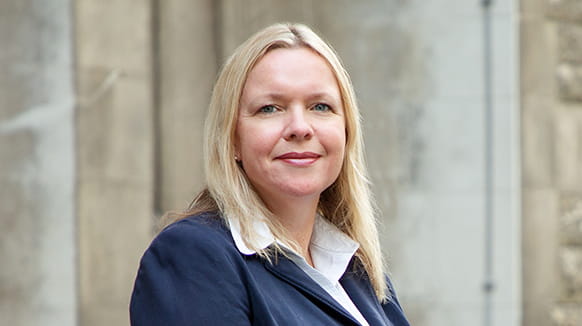The growing autonomous vessel market has seen a number of exciting developments in 2022. In this alert, we summarise some of these latest developments.
ASKO: Two 120 TEU purpose-built electric barges
Two vessels, built at Cochin Shipyard in India arrived in Horten, Norway this month. These barges are able to transport 16 fully loaded trailers on a set crossing on the Oslofjord, up to 8 times a day, as part of ASKO’s logistics chain and will be managed by Massterly AS. Starting in the Autumn, they will undergo testing for two years, initially with a reduced crew, building up their autonomous capability.
https://www.kongsberg.com/maritime/ and https://www.mtlogistikk.no/asko-autonomi-sjodroner/her-losses-askos-sjodroner-i-horten/681000
Mayflower 400: Purpose built trimaran research vessel
On 30 June 2022, the Mayflower 400 completed an unmanned voyage across the Atlantic Ocean from Plymouth, UK to Plymouth, Massachusetts, USA (stopping in the Azores and Halifax, Canada), using artificial intelligence (“AI”) and real time data. As a scientific research vessel, she will continue to collect data about the oceans, climate change and plastic pollution on future voyages.
https://mas400.com/ and https://newsroom.ibm.com/then-and-now
Project MEGURI2040
Japan’s DFFAS (Designing the Future of Full Autonomous Ship) consortium, which is administered by The Nippon Foundation, undertook a number of successful trials recently. DFFAS uses different vessels that have been retrofitted with autonomous technology and hopes to commercialise unmanned shipping by 2025. https://www.nippon-foundation.or.jp/en/what/projects/meguri2040
Their recent trials include:
- Soleil: passenger and vehicle ferry
On 17 January 2022, the Soleil travelled 240 kilometres between the ports of Shinmoji and Iyonada in seven hours making her the first passenger and vehicle vessel to undertake a fully autonomous voyage including departure from and entry to the dock. - Mikage: 194 TEU retrofitted commercial box-ship
Between 24 and 25 January 2022, the Mikage undertook the first successful sea trial of an unmanned containership in Japanese waters by travelling from the Tsuruga Port in Fukui Prefecture to Sakai Port in Tottori Prefecture. This retrofitted vessel used drone-assisted mooring operations and an augmented reality navigation system. - Sunflower Shiretoko: large car ferry
Between 6 and 7 February 2022, the Sunflower Shiretoko, operated by MOL, travelled 780 kilometres from Hokkaido to Ibaraki achieving the world’s longest successful demonstration of fully autonomous navigation in terms of distance and time. - Suzaku: 204 TEU retrofitted domestic coastal container ship
NYK’s Suzaku completed a 790-kilometer round-trip departing from Tokyo Bay by way of Ise Bay between 26 February to 1 March 2022. The trial voyage simulated the intended operational route of the ship. The vessel passed through the highly congested area of Tokyo Bay, which sees 500 ships passing through daily.
Prism Courage: 122,000 tonne ultra-large LNG carrier
The Prism Courage sailed from the Gulf of Mexico to South Korea via the Panama Canal in May 2022 and used an AI-powered system called HiNAS 2.0 to sail autonomously for the latter half of the journey. It was the first large vessel to sail over 10,000 kilometres autonomously.
https://newatlas.com/transport/first-autonomous-ocean-passage-prism-courage-tanker-hyundai/
Yara Birkeland: 120 TEU purpose-built battery powered open top container ship
Following her maiden voyage from Horten to Oslo on 18 November 2021 and subsequent testing and trials, the Yara Birkeland was officially christened and entered into commercial operation in April 2022. She is now transporting mineral fertilizer from Yara’s production plant to the regional export port of Brevik, Norway. Over the next two years, the vessel will gradually move towards becoming fully autonomous and unmanned.
https://www.yara.com/news-and-media/press-kits/yara-birkeland-press-kit/
The authors would like to thank Sharon Igbokwe for her assistance with this article.
